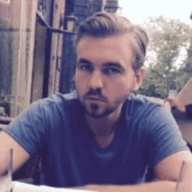When a rare disease community is working to find a treatment, it’s easy to fall victim to tunnel vision. Multiple parties are always involved. Coordination between communities, caregivers, researchers, and stakeholders consumes time and energy. With so much effort devoted to this process, stakeholders might not know about a discovery made by another community.
There is so much research going on at any given time that staying abreast of it all would be impossible. But what if there were systems in place that could connect different disease communities to help them collaborate on things like discovery, development, and research? Obviously, every drug brought to market is different and every disease has a unique set of characteristics and symptoms, but that doesn’t mean insights can’t be found by using technology.
Researchers can’t look for commonalities—there is simply too much data and too little collaboration. Tech can help identify useful elements and get them in front of stakeholders who can apply human expertise to a refined and realistic amount of information. There has to be an expert at the other end to make sense of the results and apply findings to research and development.
FDA has already held meetings that explore symptoms that occur across multiple diseases. One study conducted by the University of Southern Denmark “created a new data model allowing that mines for shared properties between genes, drugs and diseases, and to combines this novel data structure with artificial intelligence to mine millions of scientific publications.” This kind of approach could be very beneficial to rare disease communities that don’t have treatments in development.
TREND’s technology was designed to discover cross-condition commonalities and we are partnering with organizations like COMBINEDBrain to incorporate the patient voice of more communities. It is our hope that in together with our rare disease communities we will continue to leverage our technology to make meaningful discoveries.

